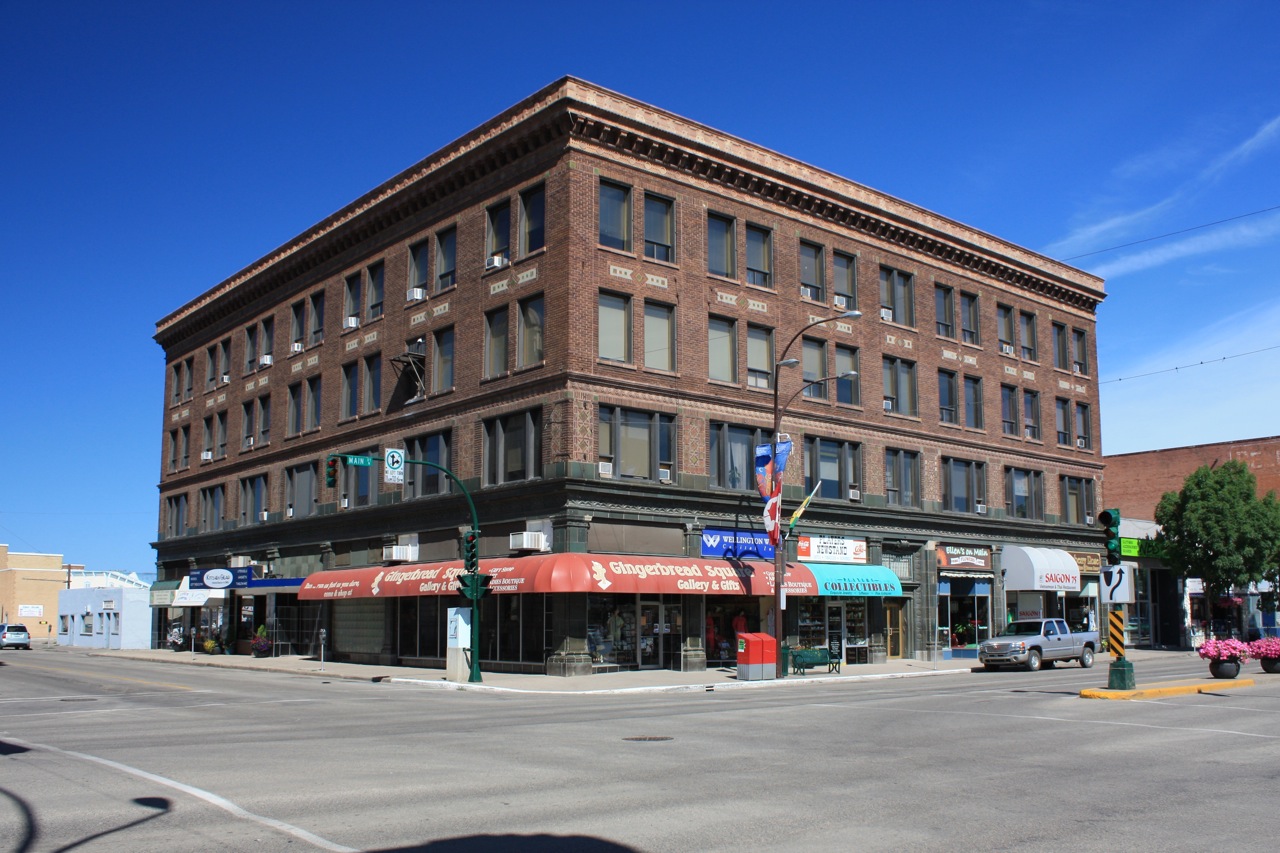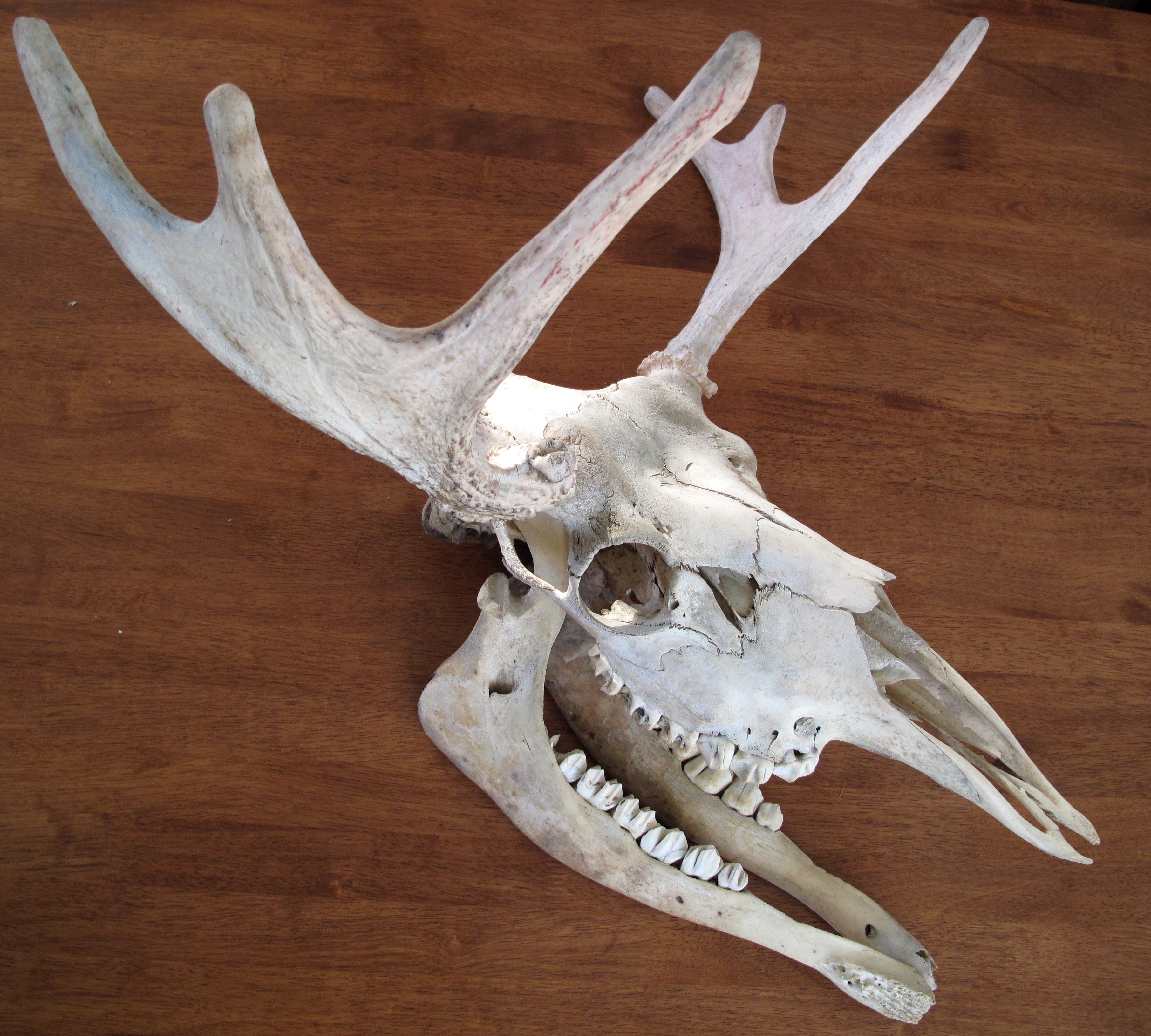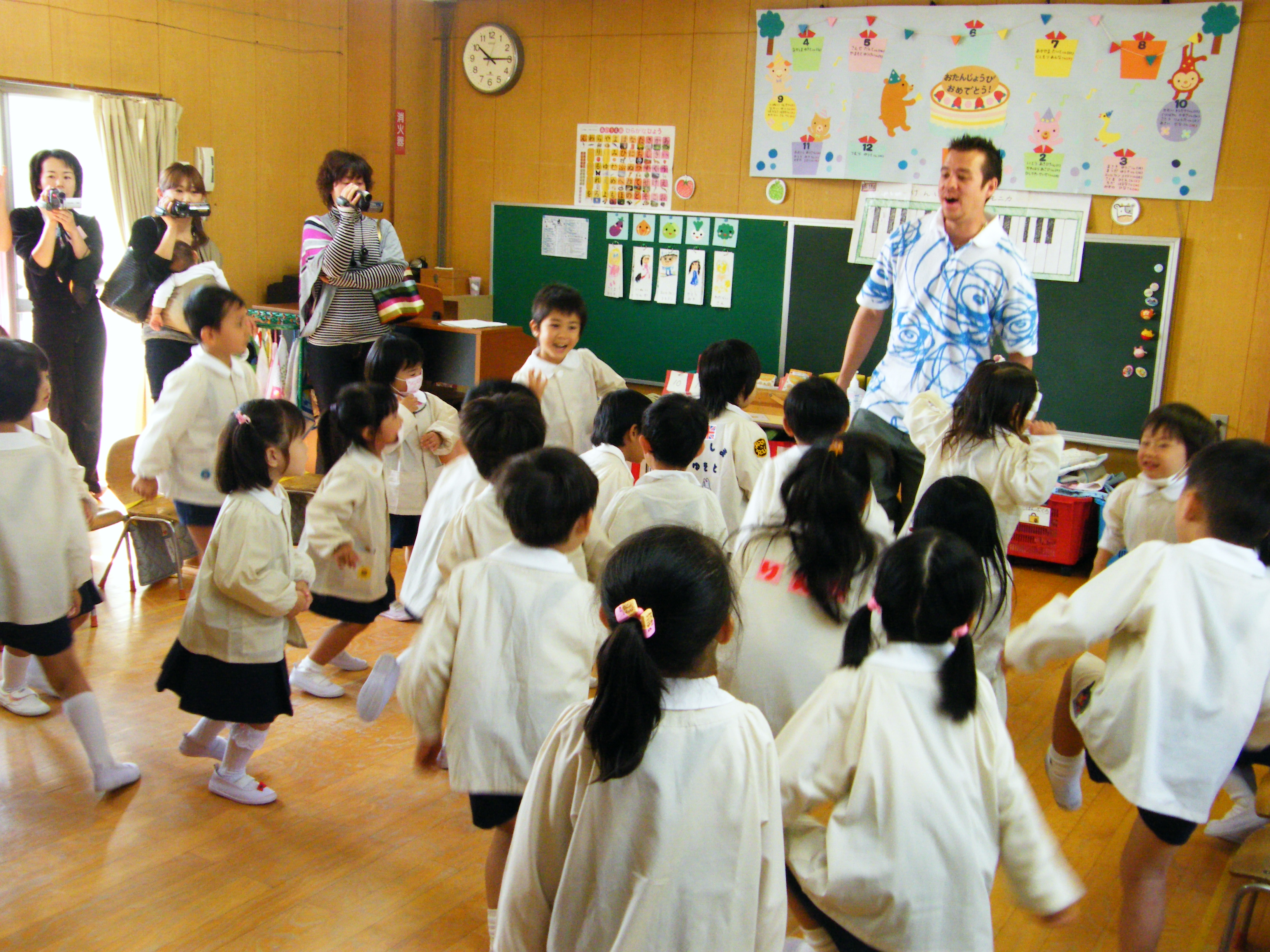|
Central Collegiate
Central Collegiate is a high school in Moose Jaw, Saskatchewan, Canada. It has approximately 520 students and 40 staff and is currently one of the oldest operating public schools in Saskatchewan. Central originally opened its doors in 1910. Central is a progressive and diverse school. It offers a wide variety of courses in various disciplines: business, technology, fine arts, math, sciences, applied arts, wellness, humanities, and languages. There is also an English as a second language program for many Moose Jaw residents. External linksSchool website High schools in Saskatchewan Educational institutions established in 1909 Buildings and structures in Moose Jaw 1909 establishments in Saskatchewan ... [...More Info...] [...Related Items...] OR: [Wikipedia] [Google] [Baidu] |
Moose Jaw
Moose Jaw is the fourth largest city in Saskatchewan, Canada. Lying on the Moose Jaw River in the south-central part of the province, it is situated on the Trans-Canada Highway, west of Regina. Residents of Moose Jaw are known as Moose Javians. The city is surrounded by the Rural Municipality of Moose Jaw No. 161. Moose Jaw is an industrial centre and important railway junction for the area's agricultural produce. CFB Moose Jaw is a NATO flight training school, and is home to the Snowbirds, Canada's military aerobatic air show flight demonstration team. Moose Jaw also has a casino and geothermal spa. History Cree and Assiniboine people used the Moose Jaw area as a winter encampment. The Missouri Coteau sheltered the valley and gave it warm breezes. The narrow river crossing and abundance of water and game made it a good location for settlement. Traditional native fur traders and Métis buffalo hunters created the first permanent settlement at a place called "the turn" ... [...More Info...] [...Related Items...] OR: [Wikipedia] [Google] [Baidu] |
Saskatchewan
Saskatchewan ( ; ) is a province in western Canada, bordered on the west by Alberta, on the north by the Northwest Territories, on the east by Manitoba, to the northeast by Nunavut, and on the south by the U.S. states of Montana and North Dakota. Saskatchewan and Alberta are the only landlocked provinces of Canada. In 2022, Saskatchewan's population was estimated at 1,205,119. Nearly 10% of Saskatchewan’s total area of is fresh water, mostly rivers, reservoirs and lakes. Residents primarily live in the southern prairie half of the province, while the northern half is mostly forested and sparsely populated. Roughly half live in the province's largest city Saskatoon or the provincial capital Regina. Other notable cities include Prince Albert, Moose Jaw, Yorkton, Swift Current, North Battleford, Melfort, and the border city Lloydminster. English is the primary language of the province, with 82.4% of Saskatchewanians speaking English as their first language. Saska ... [...More Info...] [...Related Items...] OR: [Wikipedia] [Google] [Baidu] |
Postal Codes In Canada
A Canadian postal code (french: code postal) is a six-character string that forms part of a postal address in Canada. Like British, Irish and Dutch postcodes, Canada's postal codes are alphanumeric. They are in the format ''A1A 1A1'', where ''A'' is a letter and ''1'' is a digit, with a space separating the third and fourth characters. As of October 2019, there were 876,445 postal codes using ''Forward Sortation Areas'' from A0A in Newfoundland to Y1A in Yukon. Canada Post provides a postal code look-up tool on its website, via its mobile application, and sells hard-copy directories and CD-ROMs. Many vendors also sell validation tools, which allow customers to properly match addresses and postal codes. Hard-copy directories can also be consulted in all post offices, and some libraries. When writing out the postal address for a location within Canada, the postal code follows the abbreviation for the province or territory. History City postal zones Numbered postal zone ... [...More Info...] [...Related Items...] OR: [Wikipedia] [Google] [Baidu] |
High School (North America)
High schools in North America are schools for secondary education, which may also involve intermediate education. Highschooling in North America may refer to: * Education in Canada for secondary/high school * Education in Greenland for secondary/preparatory school * Education in Mexico for secundaria and preparatoria * High school in the United States ** Secondary education in the United States See also * * * * High School (other) A high school or secondary school is a formal learning institution. High School or high school may also refer to: *High school (North America), covering ages 14–18 (level 3 of the ISCED scale) in the K-12 system Film and television * ''High ... {{SIA *Highschool *North America ... [...More Info...] [...Related Items...] OR: [Wikipedia] [Google] [Baidu] |
Prairie South School Division
Prairie South School Division #210 (effective January 1, 2006, due to provincial amalgamations) comprises 40 schools in the west-central part of Saskatchewan Saskatchewan ( ; ) is a province in western Canada, bordered on the west by Alberta, on the north by the Northwest Territories, on the east by Manitoba, to the northeast by Nunavut, and on the south by the U.S. states of Montana and North .... This division has an enrollment of about 6800 students. Prairie South School Division is composed of the former Moose Jaw Public School Division, Thunder Creek School Division, Borderland School Division, Golden Plains School Division, Red Coat Trails, and portions of Davidson School Division and Herbert School Division. In May 2010, the division announced that Jeff Finell would become director of education when the original director, Brenda Edwards, retired in August 2010. Director of Education: Jeff Finell Superintendents *Bernie Girardin *Lori Meyer *Ryan Boughen *Barb C ... [...More Info...] [...Related Items...] OR: [Wikipedia] [Google] [Baidu] |
Education In Canada
Education in Canada is for the most part provided publicly, and is funded and overseen by provincial, territorial and local governments. Education is within provincial jurisdiction and the curriculum is overseen by the province. Education in Canada is generally divided into primary education, followed by secondary education and post-secondary. Within the provinces under the ministry of education, there are district school boards administering the educational programs. Education is compulsory in every province and territory in Canada, up to the age of 18 for Manitoba, New Brunswick, Nunavut, and Ontario, and up to the age of 16 for other jurisdictions, or as soon as a high school diploma has been achieved. In some provinces early leaving exemptions can be granted under certain circumstances at 14. Canada generally has 190 (180 in Quebec) school days in the year, officially starting from September (after Labour Day) to the end of June (usually the last Friday of the month, exc ... [...More Info...] [...Related Items...] OR: [Wikipedia] [Google] [Baidu] |
Canadian English
Canadian English (CanE, CE, en-CA) encompasses the varieties of English native to Canada. According to the 2016 census, English was the first language of 19.4 million Canadians or 58.1% of the total population; the remainder spoke French (20.8%) or other languages (21.1%). In Quebec, 7.5% of the population are anglophone, as most of Quebec's residents are native speakers of Quebec French. Phonologically, Canadian and American English are classified together as North American English, emphasizing the fact that most cannot distinguish the typical accents of the two countries by sound alone. While Canadian English tends to be closer to American English in most regards,Labov, p. 222. it does possess elements from British English and some uniquely Canadian characteristics.Dollinger, Stefan (2008). "New-Dialect Formation in Canada". Amsterdam: Benjamins, . p. 25. The precise influence of American English, British English and other sources on Canadian English varieties has be ... [...More Info...] [...Related Items...] OR: [Wikipedia] [Google] [Baidu] |
French Immersion
French immersion is a form of bilingual education in which students who do not speak French as a first language will receive instruction in French. In most French-immersion schools, students will learn to speak French and learn most subjects such as history, music, geography, math, art, physical education and science in French. This type of education, in which most of the students are from the majority language community but are voluntarily immersed in the minority language is atypical of most language learning around the world, and was developed in Canada as a result of political and social changes in the 1960s (notably the '' Official Languages Act, 1969'' which led many Anglophones (primarily urban or suburban and middle class) to put their children in to French programs to ensure they could succeed in the increasing number of jobs in the federal government and private sector that required personal bilingualism. Most school boards in Canada offer French immersion starti ... [...More Info...] [...Related Items...] OR: [Wikipedia] [Google] [Baidu] |
Moose Jaw Collegiate Institute 1910
The moose (in North America) or elk (in Eurasia) (''Alces alces'') is a member of the New World deer subfamily and is the only species in the genus ''Alces''. It is the largest and heaviest extant species in the deer family. Most adult male moose have distinctive broad, palmate ("open-hand shaped") antlers; most other members of the deer family have antlers with a dendritic ("twig-like") configuration. Moose typically inhabit boreal forests and temperate broadleaf and mixed forests of the Northern Hemisphere in temperate to subarctic climates. Hunting and other human activities have caused a reduction in the size of the moose's range over time. It has been reintroduced to some of its former habitats. Currently, most moose occur in Canada, Alaska, New England (with Maine having the most of the lower 48 states), New York State, Fennoscandia, the Baltic states, Poland, Kazakhstan, and Russia. Its diet consists of both terrestrial and aquatic vegetation. Predators of moose inc ... [...More Info...] [...Related Items...] OR: [Wikipedia] [Google] [Baidu] |
High Schools In Saskatchewan
High may refer to: Science and technology * Height * High (atmospheric), a high-pressure area * High (computability), a quality of a Turing degree, in computability theory * High (tectonics), in geology an area where relative tectonic uplift took or takes place * Substance intoxication, also known by the slang description "being high" * Sugar high, a misconception about the supposed psychological effects of sucrose Music Performers * High (musical group), a 1974–1990 Indian rock group * The High, an English rock band formed in 1989 Albums * ''High'' (The Blue Nile album) or the title song, 2004 * ''High'' (Flotsam and Jetsam album), 1997 * ''High'' (New Model Army album) or the title song, 2007 * ''High'' (Royal Headache album) or the title song, 2015 * ''High'' (EP), by Jarryd James, or the title song, 2016 Songs * "High" (Alison Wonderland song), 2018 * "High" (The Chainsmokers song), 2022 * "High" (The Cure song), 1992 * "High" (David Hallyday song), 1988 * ... [...More Info...] [...Related Items...] OR: [Wikipedia] [Google] [Baidu] |
Educational Institutions Established In 1909
Education is a purposeful activity directed at achieving certain aims, such as transmitting knowledge or fostering skills and character traits. These aims may include the development of understanding, rationality, kindness, and honesty. Various researchers emphasize the role of critical thinking in order to distinguish education from indoctrination. Some theorists require that education results in an improvement of the student while others prefer a value-neutral definition of the term. In a slightly different sense, education may also refer, not to the process, but to the product of this process: the mental states and dispositions possessed by educated people. Education originated as the transmission of cultural heritage from one generation to the next. Today, educational goals increasingly encompass new ideas such as the liberation of learners, skills needed for modern society, empathy, and complex vocational skills. Types of education are commonly divided into form ... [...More Info...] [...Related Items...] OR: [Wikipedia] [Google] [Baidu] |
Buildings And Structures In Moose Jaw
A building, or edifice, is an enclosed structure with a roof and walls standing more or less permanently in one place, such as a house or factory (although there's also portable buildings). Buildings come in a variety of sizes, shapes, and functions, and have been adapted throughout history for a wide number of factors, from building materials available, to weather conditions, land prices, ground conditions, specific uses, prestige, and aesthetic reasons. To better understand the term ''building'' compare the list of nonbuilding structures. Buildings serve several societal needs – primarily as shelter from weather, security, living space, privacy, to store belongings, and to comfortably live and work. A building as a shelter represents a physical division of the human habitat (a place of comfort and safety) and the ''outside'' (a place that at times may be harsh and harmful). Ever since the first cave paintings, buildings have also become objects or canvasses of much artisti ... [...More Info...] [...Related Items...] OR: [Wikipedia] [Google] [Baidu] |




.png)



